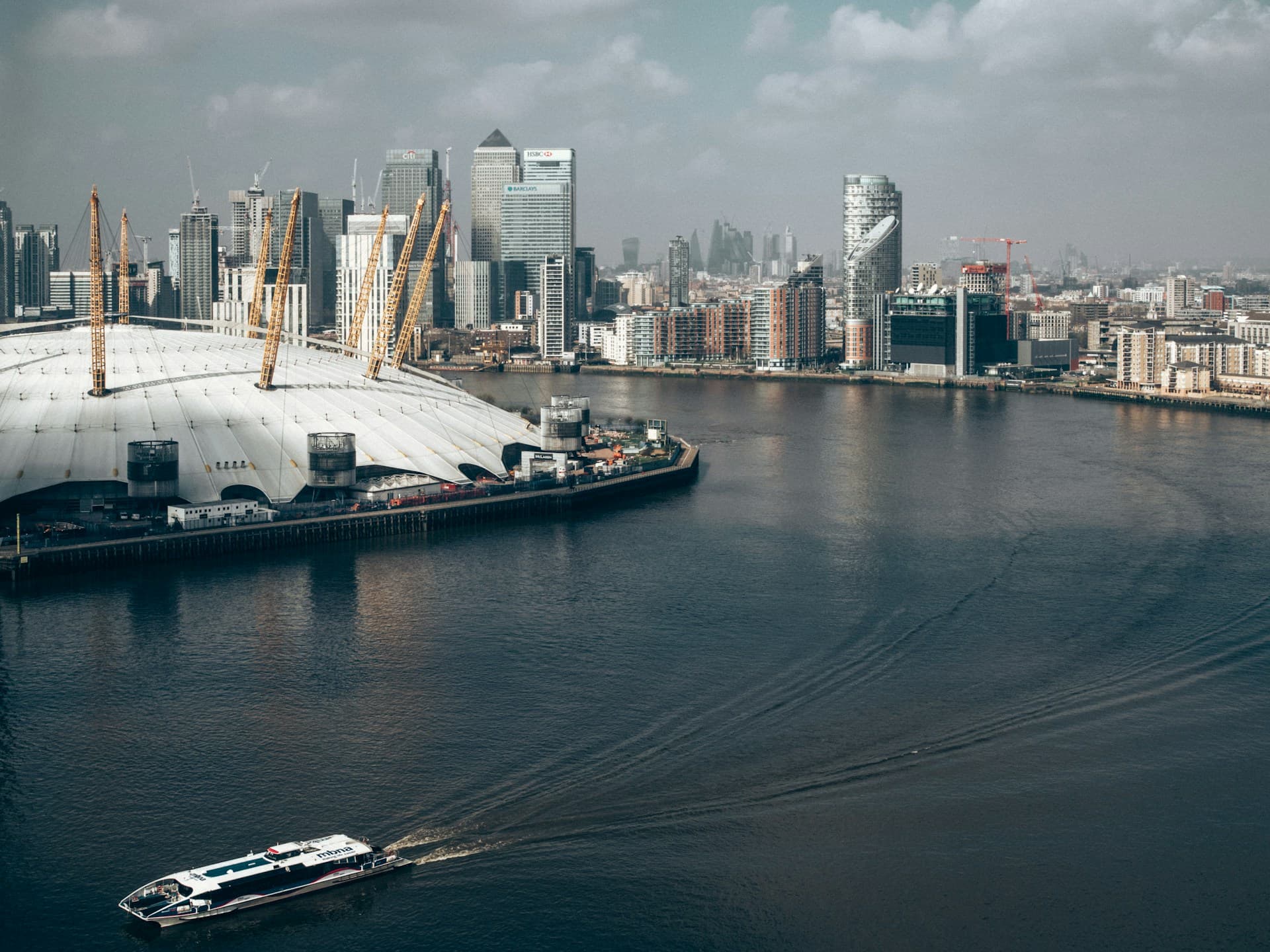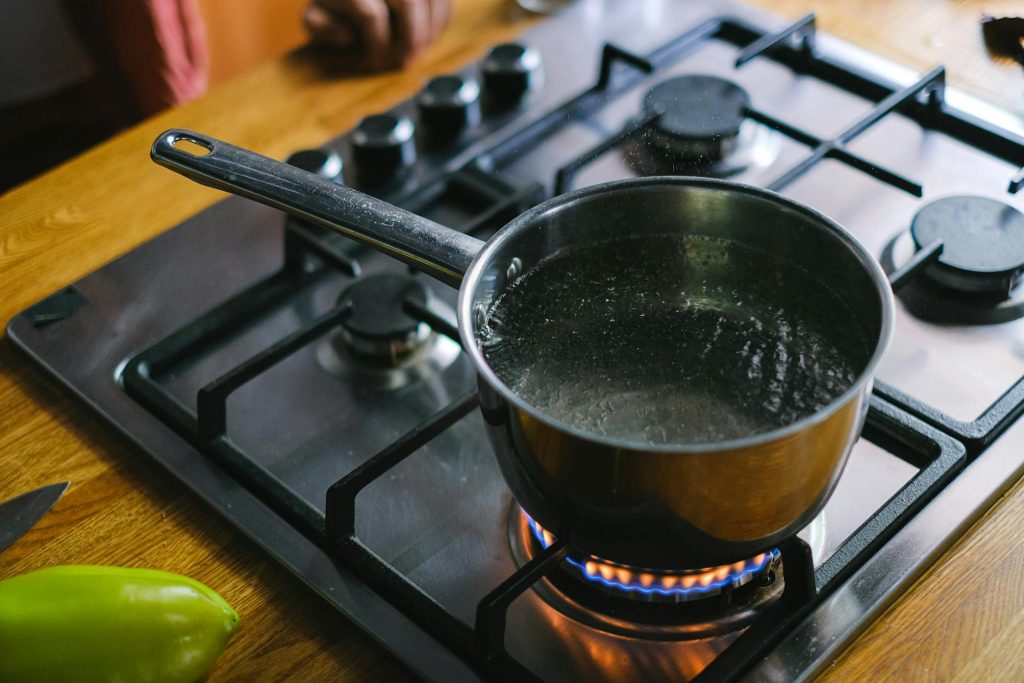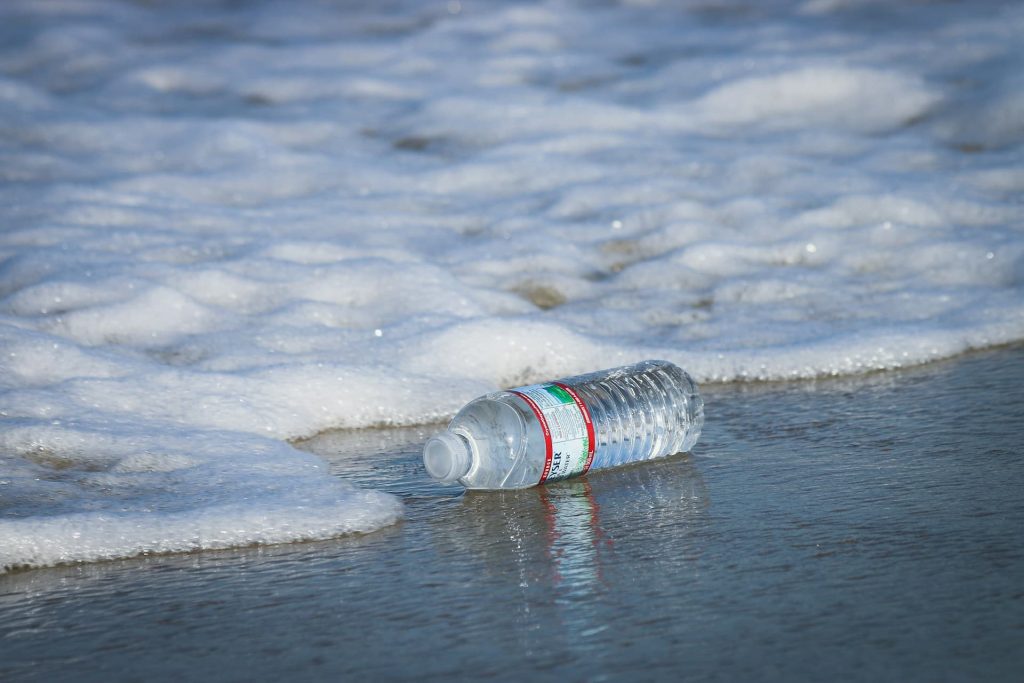Over the past few years, following the water industry, business water rates and the general state of the utilities market has been rather more eventful than it in any way should be.
There have been several major stories surrounding British water over the past few years, with the biggest two involving a lengthy and wide-reaching investigation into water quality and abuse of protocols to dispense raw sewage into bodies of water, and the potential collapse of a water company serving 15m households.
Whilst the crisis surrounding Thames Water and its £15b mountain of debt has been mounting since its purchase by the Macquarie Group and Kemble Water Holdings, it has reached a crescendo with reports of payment defaults, board resignations and reductions in value to zero.
According to multiple sources, all options are on the table when it comes to a resolution to this issue, and there is an existential threat to Thames Water in its current form.
A water company has never collapsed before since water supply services in England and Wales were privatised in 1989, and given that just letting Thames Water go out of business could leave 15m households and businesses around the capital city without water, it is simply not an option.
A solution, therefore, could be found in processes such as the Special Administration Regime or even nationalisation.
Both of these tools are seen as the ultimate contingency plan intended to provide a continuity of service wherein the alternative is the cessation of a utility that is fundamental to the preservation of life and the continued function of businesses.
But what happens in the event of SAR or nationalisation, and how would that affect both the cost of business water and the service that has been provided?
Preserving Public Utilities
England and Wales are somewhat unusual by being two of the only countries in the world to have a completely privatised water utilities sector, including drinking water for homes and businesses as well as sewer disposal.
This was how the water system was formed, piecemeal, in the 19th century, most famously opposed by politician, businessman and social reformer Joseph Chamberlain by the end of the century.
His concerns when advocating for nationalisation were that the objective, mandated by law, of private businesses was to make the biggest possible profit, which was “difficult, if not impossible” to harmonise with the rights and interests of people and businesses reliant on water to exist.
This was the initial impetus of nationalisation, a process where privately owned assets are brought into the ownership of a national government, on either a temporary or permanent basis.
Nationalisation can occur with any public asset but tends to happen more commonly with public utilities and larger ‘economic commanding heights’ such as banks, railways and telecommunications.
Ideally, very little will happen in the short term when a service of this kind is nationalised; the point is to maintain a continuity of service and avoid either cessation of service or spiralling prices.
This was the primary objective of Bulb’s SAR, an energy supplier that served 1.5m customers and was up until its 2021 collapse the seventh biggest energy supplier in the UK.
It has set a precedent for the scale of collapse it can take before nationalisation (or a modified insolvency procedure which has its hallmarks) becomes an option in the absence of any realistic alternative.
According to administrators PricewaterhouseCoopers, an SAR (and by extension nationalisation) happens in the event of one or more of the following:
- A water company is likely to be unable to pay existing debt.
- It has or is likely to fail to meet its statutory obligations.
- It has requested to undergo the SAR process.
- It is in the public interest.
Bulb’s SAR in the energy sector can be useful in some respects, but the energy sector is structured very differently from the water industry, with different responsibilities and obligations.
In the energy sector, it is simpler to move customers from one provider to another, even with a company with the scale of Bulb, which eventually was integrated into Octopus Energy.
A water company would face more complex challenges moving from one owner to another, particularly given the scale of improvements required in order for the new owner to meet the statutory requirements expected of them.
One major question is one of cost, both for whoever owns them (private or public) and for customers, and a 2017 study by the University of Greenwich claimed that English customers are collectively paying £2.3b more per year for their water utilities than they would under a state-owned model or roughly £384 per person per year.
Exactly what will happen next is unclear, although water firms have requested permission to increase bills by as much as 91 per cent, so existential debates about prices and value for money will continue for quite some time.



